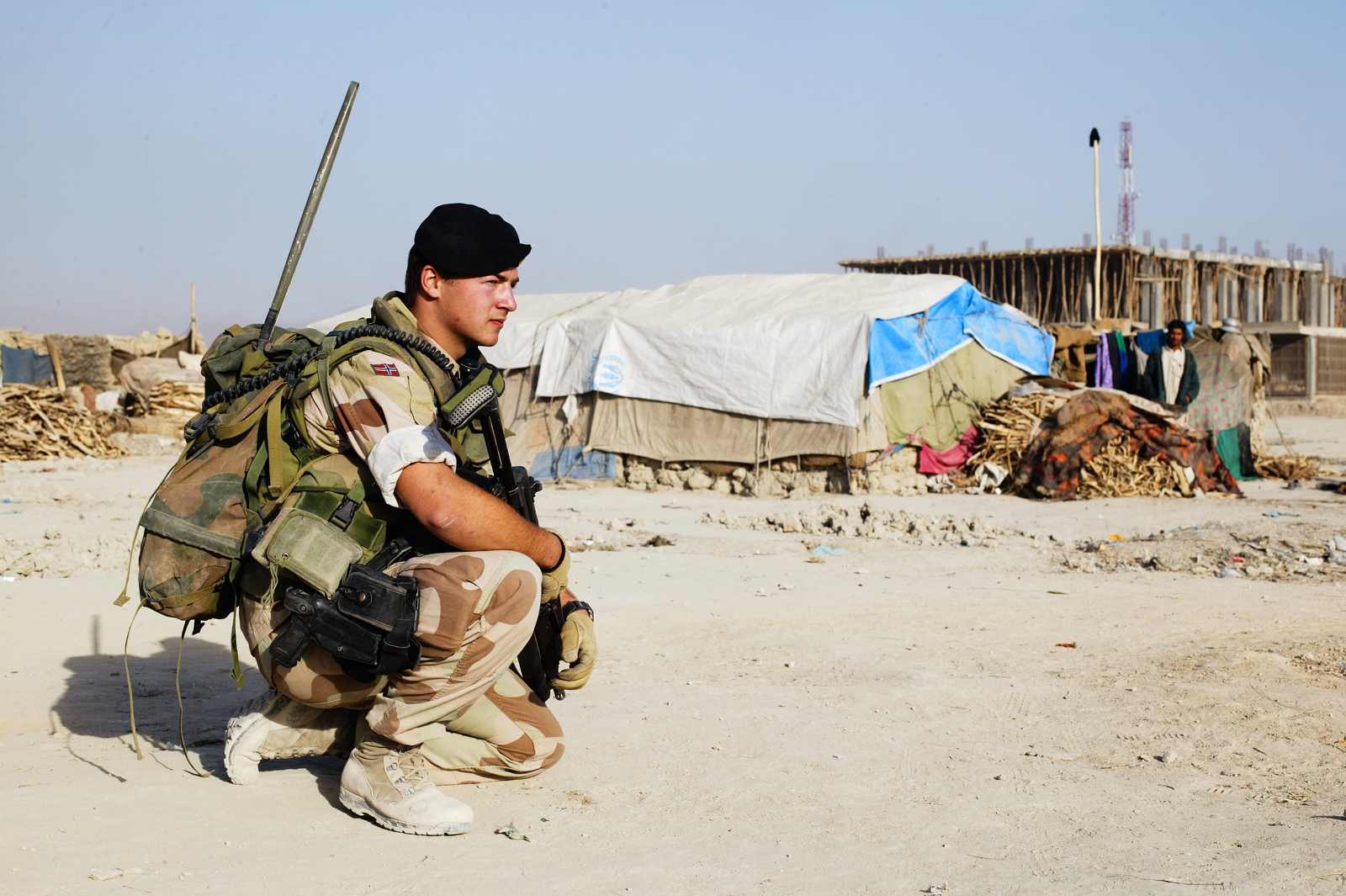
Good communications are paramount for military operations. Multi Role Radio works in all conditions, including electronic noise, extreme temperatures and varying topography.
-
Text:AASE VALLEVIK HJUKSE
Photo:NORWEGIAN ARMED FORCES
-
Ove Ronny HaraldsenGroup Communication Manager
MRR is not the smallest of boxes but it works,” confirms Tom Johannesen, former platoon leader in Telemark Battalion. “Good communications are extremely important. We gladly carry a few kilos extra of equipment as long as the quality is good,” states colleague Ola Wien.
They both have their backgrounds from the Norwegian Armed Forces and are currently employed in Kongsberg Defense Communications. The MRR radio system has been used by the Norwegian Armed Forces since 1996. The radio is also sold to other countries. The Norwegian army has used MRR in international operations in Kosovo, Iraq and Afghanistan.
RUMOUR
In Afghanistan, the rumour soon spread of the Norwegian developed radio among communications officers. “There was a rumour going around that the Norwegians had a really good radio system. People from ISAF and other armed forces from different nations wanted to try out the radio,” explains Tom Johannesen.
The qualities of the radio were proven in extreme conditions. Afghanistan has a very poor infrastructure and there are power aggregates on every corner. This often results in disturbance and poor connections for radio communications. At the same time, there is hard competition for the radio frequencies, particularly in Kabul. All the nations represented in Kabul transmit from the same mountain top and the senders are lined up in close formation.
“Along with other communications officers, we experienced that the MRR could withstand heat, electronic noise and varying topography much better than the other radios. This is a difficult environment where the different radios jam each other out and connections are poor. When there is so much electronic noise in the environment, you need to have excellent radio qualities,” explains Johannesen.
SECURE COMMUNICATIONS
Listening in to military operations is a huge problem in Afghanistan. That is why it is even more important to have a radio connection which works even when driving in a vehicle, and MRR does this.
“A number of the radio systems had poor connections, particularly when sending from a moving vehicle. Often, the soldiers had to stop to use mobile phones or satellite phones instead. We prefer not to stop because as long as you are moving, you are less exposed to attack,” explains Johannesen.
VARYING TOPOGRAPHY
Kabul is surrounded by mountains while Mazar-i-Sharif in the north has predominantly flat terrain. In Mazar-i-Sharif, the flat steppe landscape is problematic. There are few mountain tops or elevations from which the radio waves can reflect. This means that the radio waves do not reach as far as when channeled along mountain ranges. The dry desert sand is also a challenge.
“Even with the difficult conditions in Mazar-i-Sharif, we always had a good connection. We logged a range of up to 110 km, which is incredible. We have carried out numerous tests in Norway on how the radio functions in different scenarios. We can estimate and project as much as we want as to how the equipment works, but it is only when we receive specific feedback from the field that we know that it works as intended,” explains Ola Wien.
Extreme heat of up to +55 degrees did not cause any problems for the equipment. The radio also functions in temperatures down to minus 40, which may occur on the Russian border where Norwegian soldiers are on patrol.
NO COMPROMISE
“What makes the MRR so good is that we have made absolutely no compromises when it comes to radio qualities. This has been the downfall for a number of other radios. They have compromised on quality in order to reduce weight, power consumption and price. MRR is completely superior in difficult conditions with multidirectional transmission,” concludes Tom Johannesen.